Here are some tips for getting more fruits into your child’s lunch box —and getting them eaten! Unfortunately, the season for the abundant array of summer fruits doesn’t coincide with the fall, winter, and spring school schedule. Sure, more fruits than ever before are available year-round due to importing, but they tend to be expensive and quite honestly, just don’t taste as good as fruit in season.
Take advantage of the lingering fruits of summer at least through most of September, when they’ll often come to an abrupt end. Blueberries, melons, and mango might still be available at this time of year. Fruits that are available (and generally good) during the school year:
- Apples
- Pears
- Asian pears
- Bananas
- Oranges
- Kiwifruit
- Pineapple
- Grapes
Use a little creativity when adding fruit to the lunch box. Fruits are especially important for kids who don’t care too much for veggies in the lunch box, but as with veggies, it’s sometimes necessary to use just a bit of creativity to ensure that they’ll be eaten. I often found that whole fruits, even ones my kids really liked, such as plums, would come back uneaten if I left them whole. Try these simple tips:
Cut fruit in interesting ways: Instead of always sectioning seedless oranges, cut them into very thin slices, then cut the slices into half moons. Cut crisp fruit like apples or Asian pears into thick matchsticks, especially if you’re sending a dip (toss any cut-up apple in a bit of lemon juice to prevent browning).
Supply a dip for fruit: Peanut butter or other nut butter is ideal, though as mentioned earlier in this book, make sure your child’s school isn’t a nut-free zone. Another option is non-dairy vanilla yogurt (coconut yogurt is a treat!), stirred up until creamy with a few drops of maple syrup and a sprinkling of cinnamon. Send sliced (or thick matchstick-cut) apples, pears, or Asian pears for dipping.
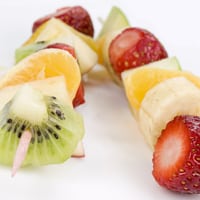 Fruit kebabs: Cut several kinds of fresh seasonal fruit into bite-size chunks and alternate on short wooden or bamboo skewers. Plastic cocktail straws make perfect short skewers, too. Late fall and winter skewers can include pineapple, apple, firm pear, Asian pear, kiwifruit, small seedless orange sections, and soft dried fruits such as apricots. Early fall and late spring offer lots more choices, including strawberries.
Fruit kebabs: Cut several kinds of fresh seasonal fruit into bite-size chunks and alternate on short wooden or bamboo skewers. Plastic cocktail straws make perfect short skewers, too. Late fall and winter skewers can include pineapple, apple, firm pear, Asian pear, kiwifruit, small seedless orange sections, and soft dried fruits such as apricots. Early fall and late spring offer lots more choices, including strawberries.
Simple fruit parfaits: Layer chopped fruit with yogurt (nondairy for vegan and lactose-free diets) in a small container; top with granola.
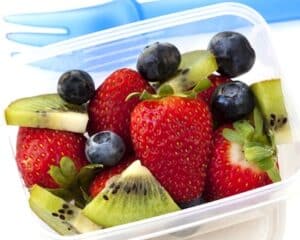 Combine fruits to make them more appealing: As suggested with the lingering summer fruits, simple combinations of fruits in a little container are more appealing than just one, especially given the limited choices in the cooler months. With any of the following combinations, adding a few raisins or dried cranberries can make them even more appealing:
Combine fruits to make them more appealing: As suggested with the lingering summer fruits, simple combinations of fruits in a little container are more appealing than just one, especially given the limited choices in the cooler months. With any of the following combinations, adding a few raisins or dried cranberries can make them even more appealing:
- Sliced bananas or pears with red grapes (cut grapes in half for young children)
- Berries with sliced kiwifruit
- Pineapple chunks with tiny seedless orange
.... you get the idea. Try some other combinations of fresh and dried fruit according to what’s available at any given time of year.
Bake them into muffins: Cranberries, blueberries, apples, pears, bananas, and other fruits make delectable muffins that seem more like dessert than anything else. Keep added sugar content low, and use whole wheat pastry flour.
Applesauce, organic canned fruits, dried fruits, and unsweetened fruit leathers are better than no fruit at all: They may not be quite as 100% nutritious as fresh whole fruit, but when it comes to kids and their finicky tastes, all the options are on the table.
Oven-dried apples: Cut a thin slice off of both stem ends of several apples. Cut out the core using a sharp knife, then cut into ¼-inch-thick slices. Arrange in a single layer on baking pans; bake at 200 degrees for 1 ½ to 2 hours, or until “leathery” but still tender.
You can also make delicious apple chips, just like the ones you buy in the small bags. Simply slice the apples ⅛-inch thick, and bake for 1 ½ to 2 hours, or until just turning crisp. Both dried apples and apple chips are great as snacks for school and after.
- Make sure to explore the entire Veg Kids and Teens page on VegKitchen for lots of easy,
healthy recipes for vegetarian and vegan kids and teens. - See VegKitchen's affordable Healthy School Lunches e-book.
- Here are lots more ideas for healthy school lunches for vegetarian and vegan kids and teens.


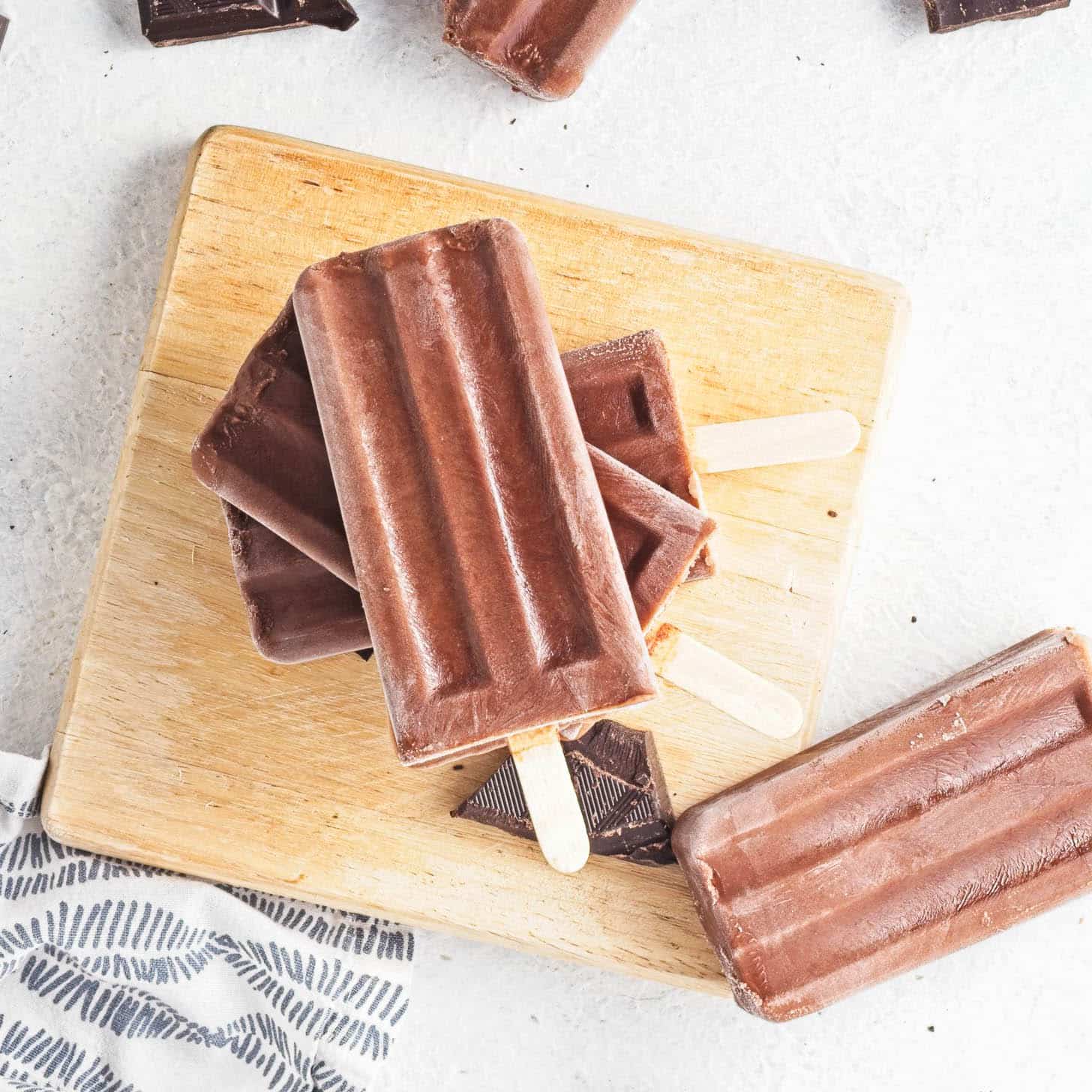
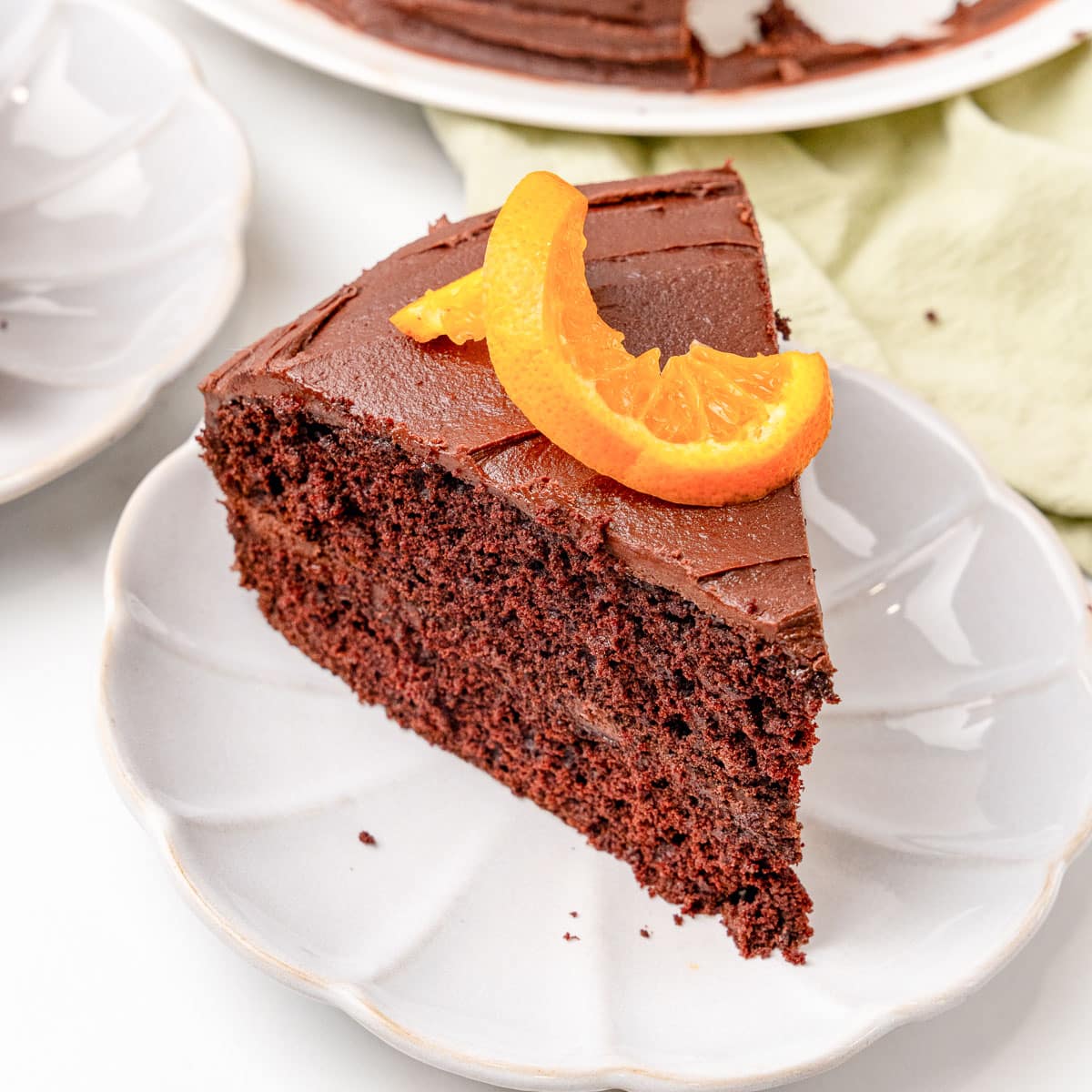
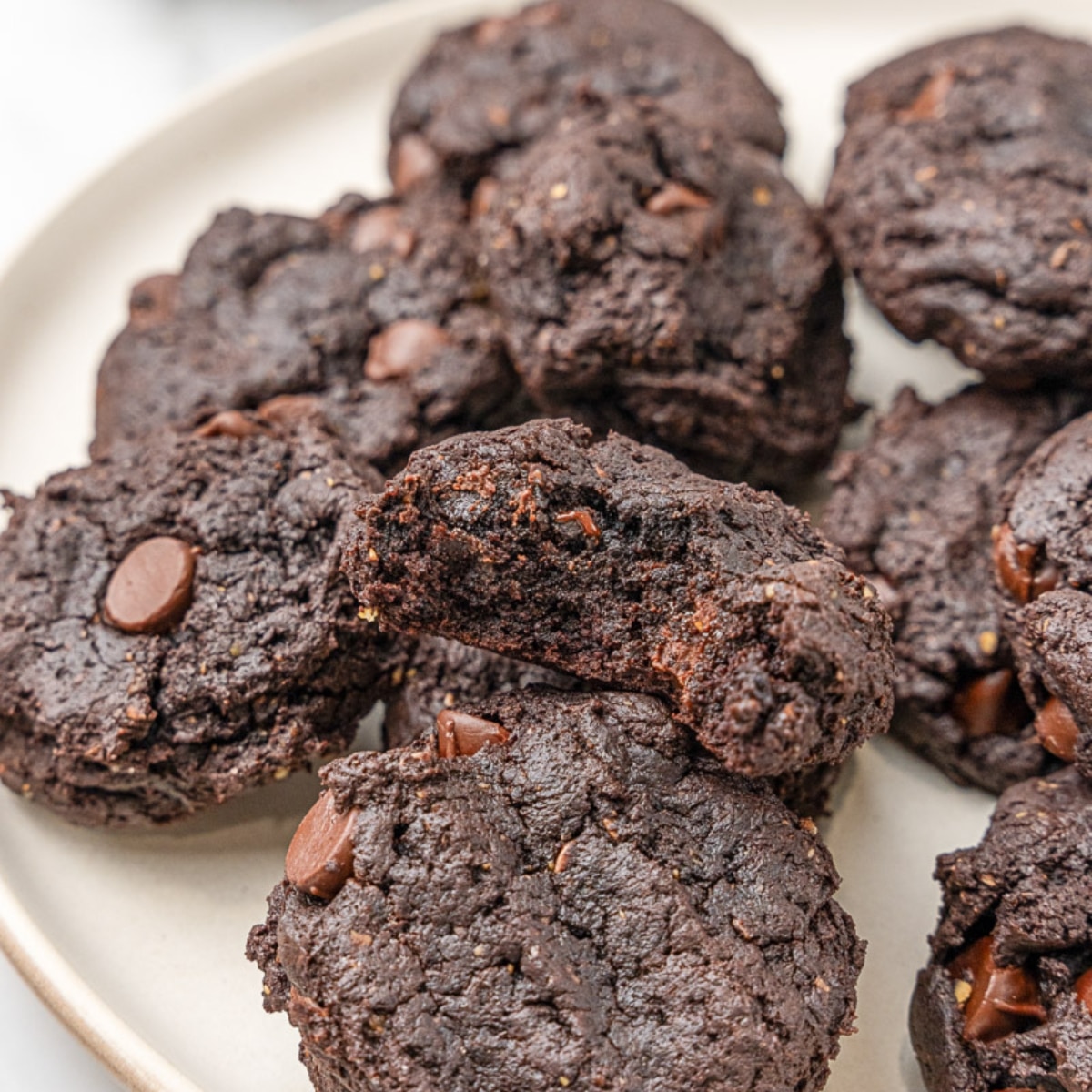

Keylee says
Thank you so much for making this website! I am 13 and have decided to become a vegetarian 1 month ago and eating pb&j everyday isnt very appetizing anymore. Going into the school I was even more concerned until I found this AMAZING site. THANK YOU!!!
Victoria Shreve says
Everything Needs to be Recognizable - Don't experiment with foods that your child has never eaten before. If you aren't there to provide the encouragement, it won't get eaten. Save the experimenting for dinner instead.